
Consumers are opting for plastic-free cosmetic formulations to an exceeding amount due to health and environment reasons.

Consumers are opting for plastic-free cosmetic formulations to an exceeding amount due to health and environment reasons.
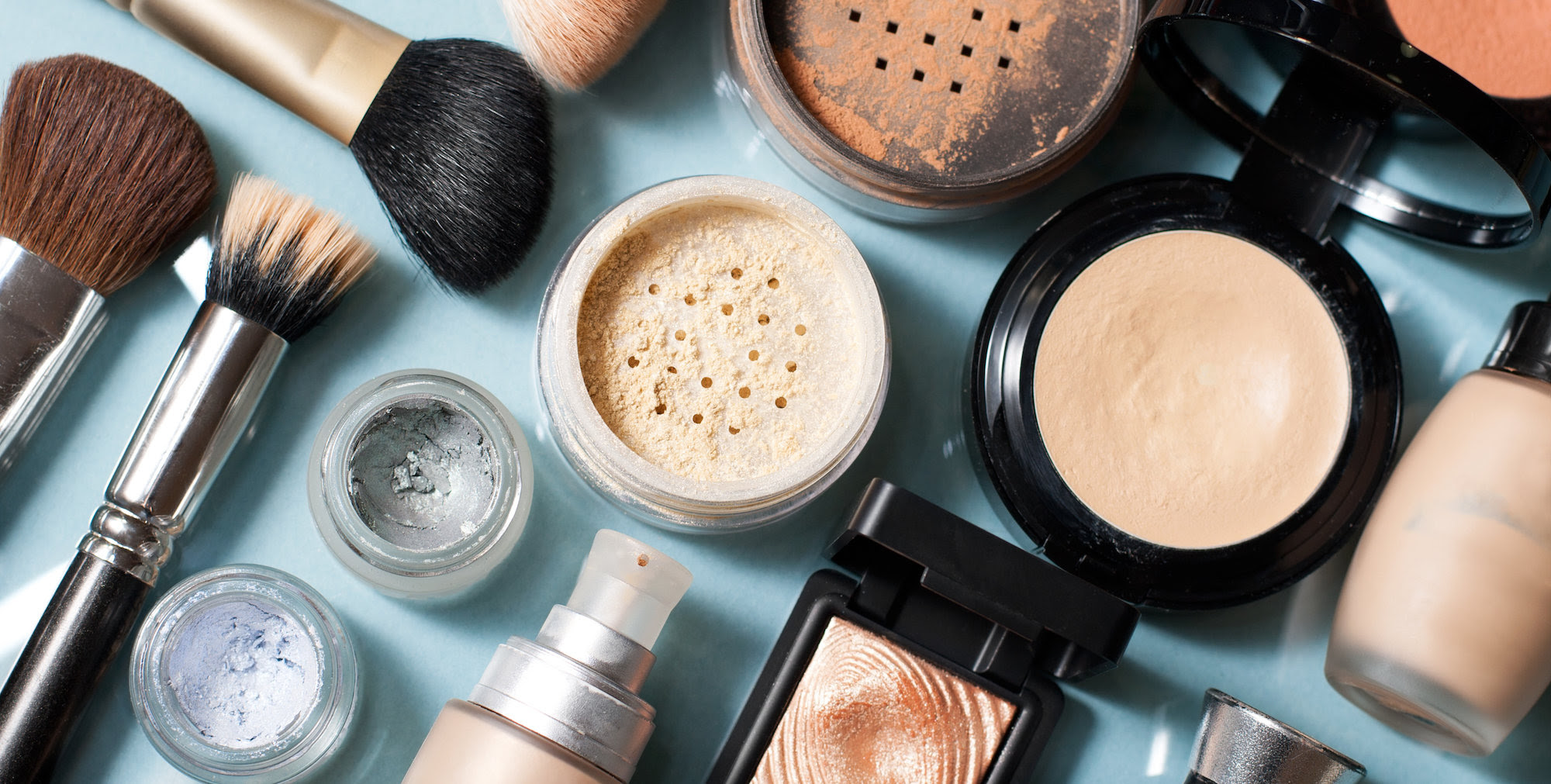
Plastic in cosmetic products is a hot topic amongst consumers as well as decision makers. We are finally beginning to realize how big of an impact our consuming habits have on our health as well as the health of the environment.

Last month we rated plastic-free lipsticks, now it´s all about serums!
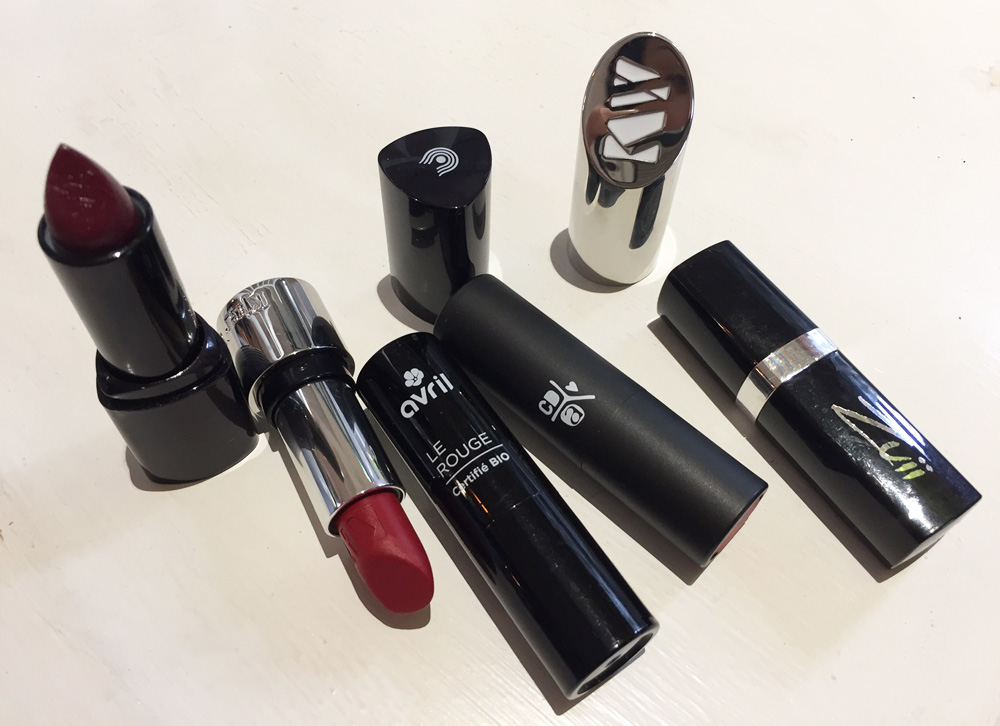
Cosmetic products are intended for external use, but cosmetic chemicals nevertheless find their way into the human body, when absorbed by the skin, and through oral ingestion. We accidentally end up eating most of our lip products, and we need to reapply bright coloured lipsticks in particular, several times a day.
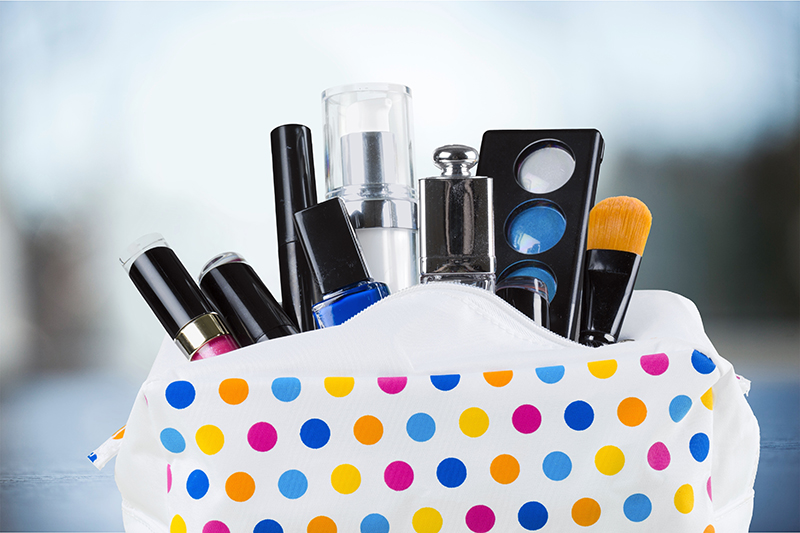
Major differences in acetaldehyde concentrations between perfumes According to the latest test results, lovely scent on your skin can be a health risk. Between different brands of 12 CosmEthics-app’s most popular perfumes, large differences were found in acetaldehyde concentrations.

To an increasing degree, consumers want to buy cosmetics formulated without parabens, perfumes or plastics to name a few examples. In some cases, such information can be found easily on the product packaging, but it is wise to review the entire composition from the actual (INCI)-ingredient list.
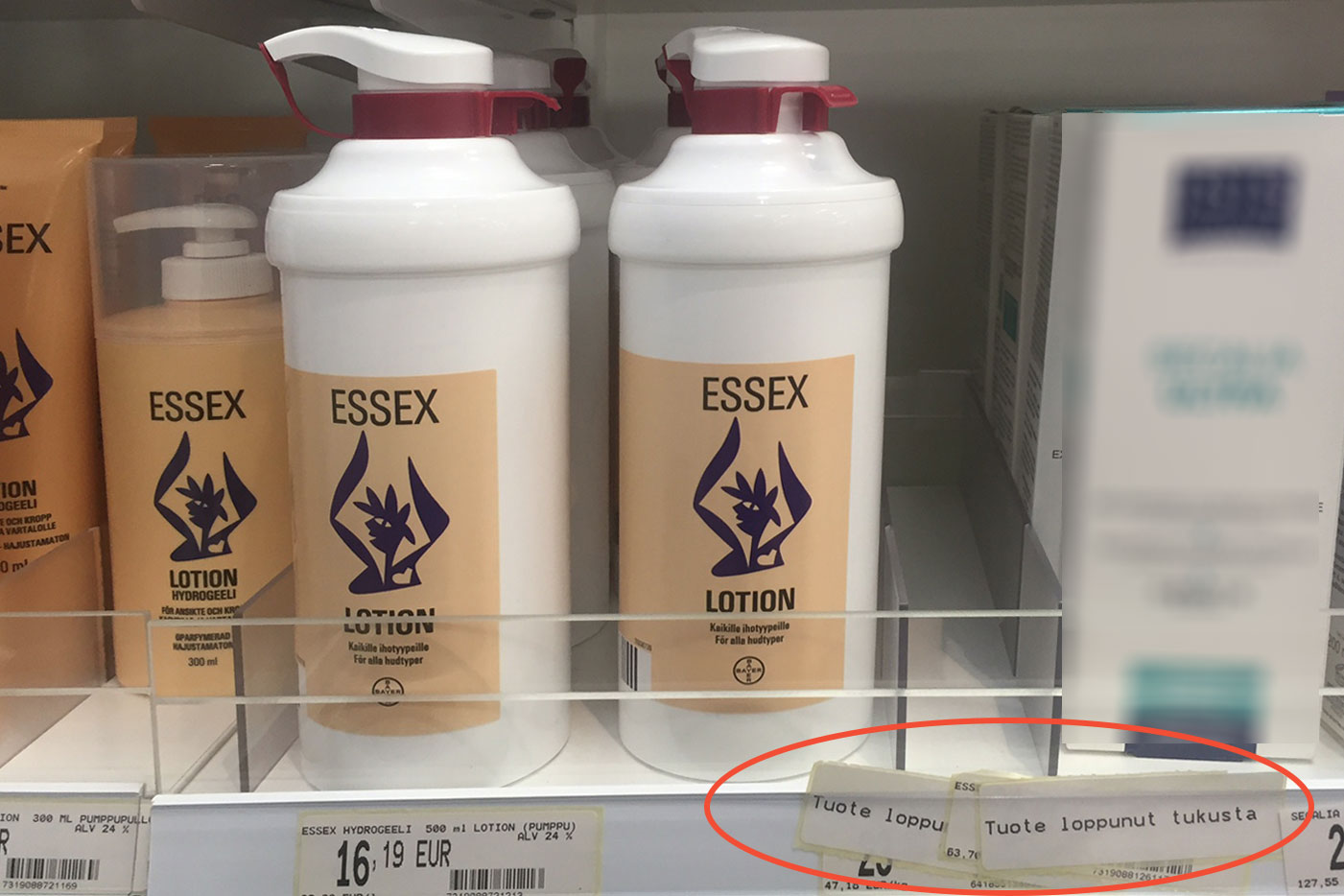
CosmEthics is constantly scanning the cosmetic market in Europe and has detected banned and harmful chemicals in surprising places. Even if you are buying you products in a pharmacy or finding them as a part of the cosmetic assortment in your luxury hotel room, there´s no guarantee of the products being free from banned chemicals.
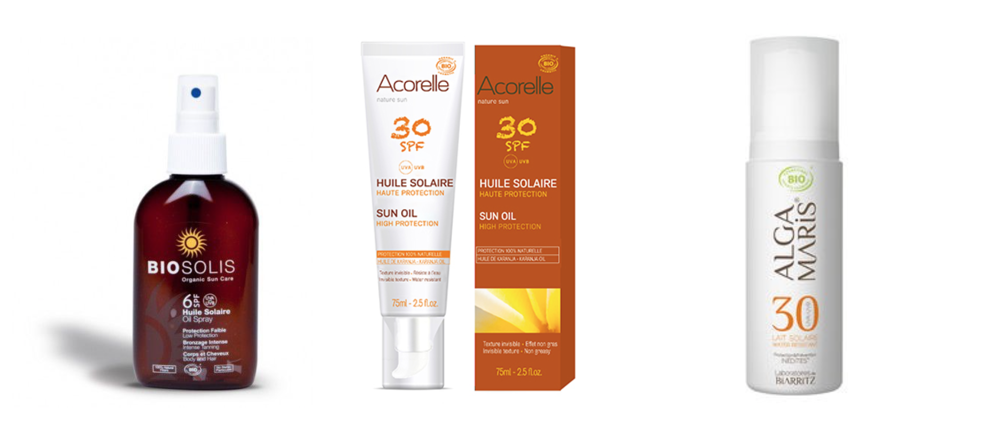
With the growing popularity of natural cosmetics, many conventional products have been polished to look more natural. The packaging can however mislead even the most conscious consumer and therefore it is always important to read the ingredient list — especially if the natural appearing product doesn´t have a certification.
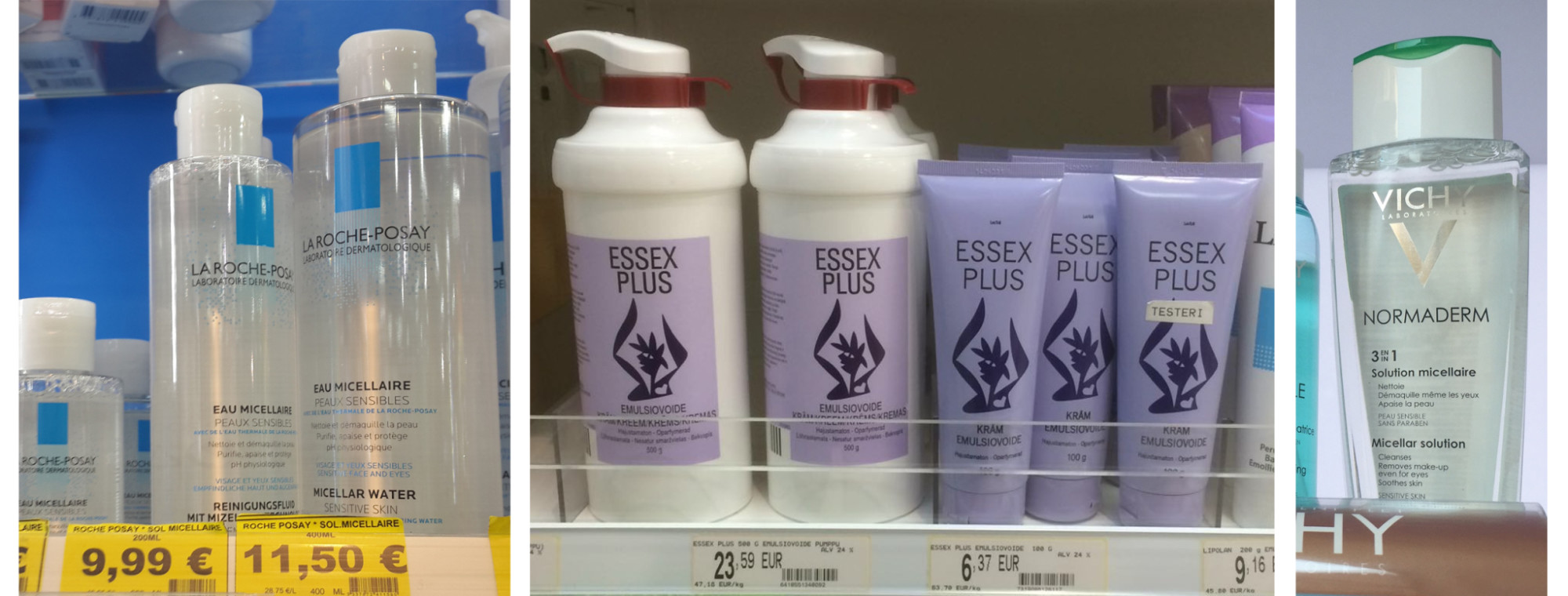
Pharmacy retailed cosmetics with prohibited ingredients have been found in Finland, France and the Czech Republic. The following prohibited INCI ingredients have currently been found in pharmacy cosmetics: Dea-Cetyl Phosphate, Isobutylparaben and Polyaminopropyl biguanide...
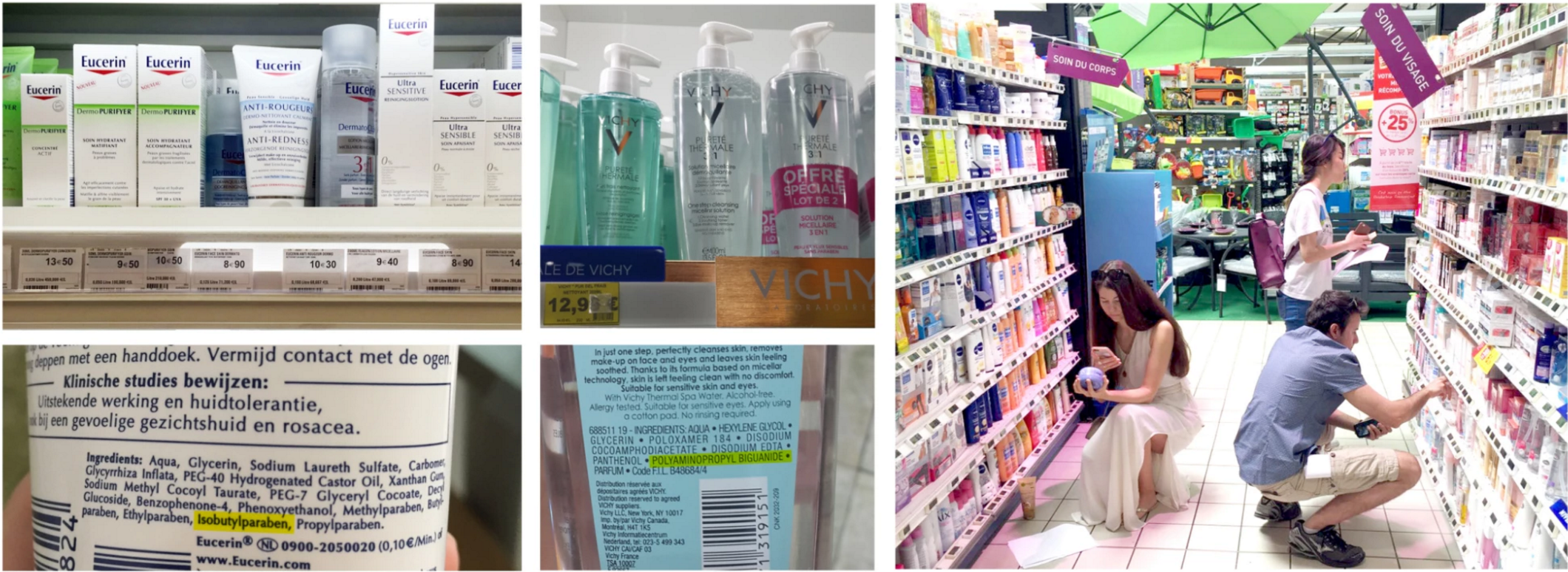
Last week CosmEthics conducted random store samplings throughout grocery stores and pharmacies in France to determine, if prohibited substances in cosmetics continue to be sold...
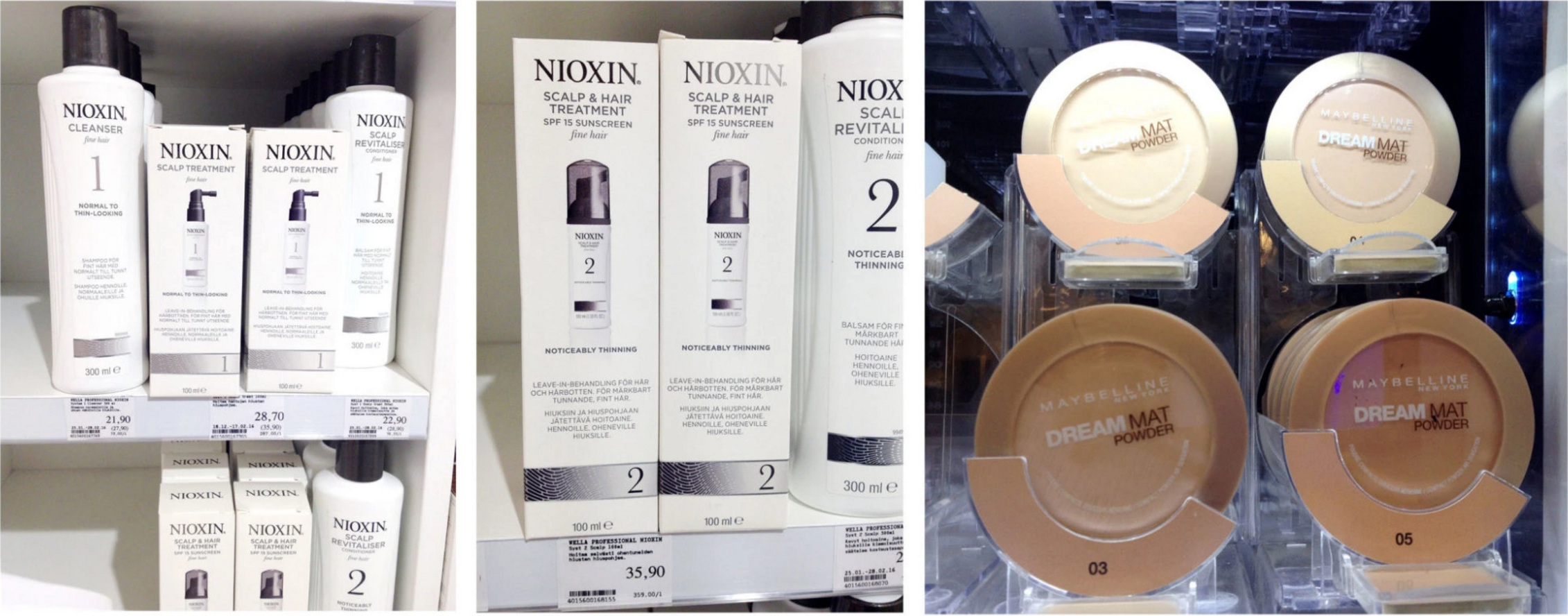
Despite the fact that five parabens are banned under EU legislation, cosmetic products with these ingredients are still sold in the EU market in 2016. Since 2014, the European Commission banned the usage of five parabens in cosmetic products due to lack of safety...

Parabens used to be an industry favorite as a cosmetic preserving agent. They were used widely previously due to their low system toxicity as a whole.
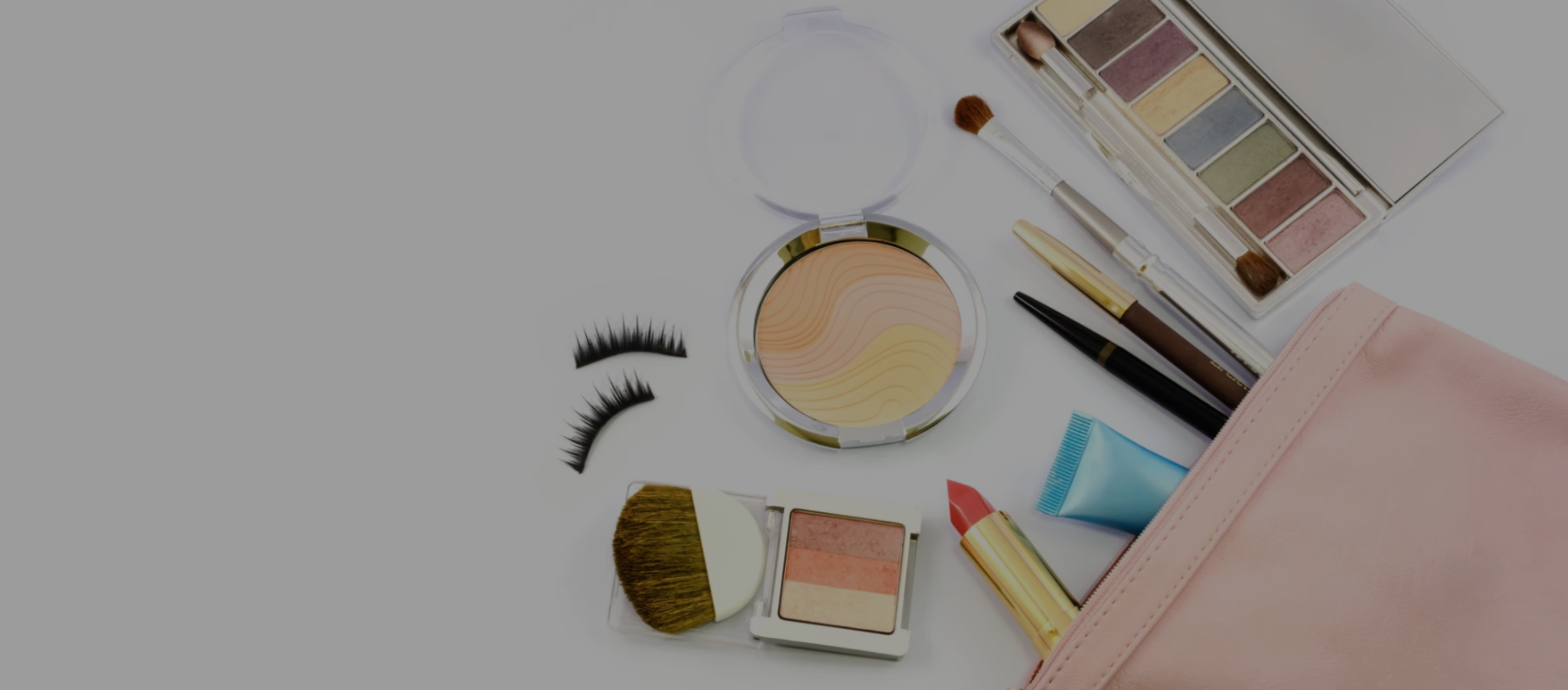
Recent discussion around Polyaminopropyl Biguanide (PHMB) sheds light to the growing amount of health concerns around preserving agents in cosmetics. The law may be slow in reacting to protecting EU citizens, and the emerging research is deeply worrying. Manufacturers have widely favoured the use of parabens in the past years due to low system toxicity, however, new research has shed light to the rising concerns stemming from its estrogen imitator quality.
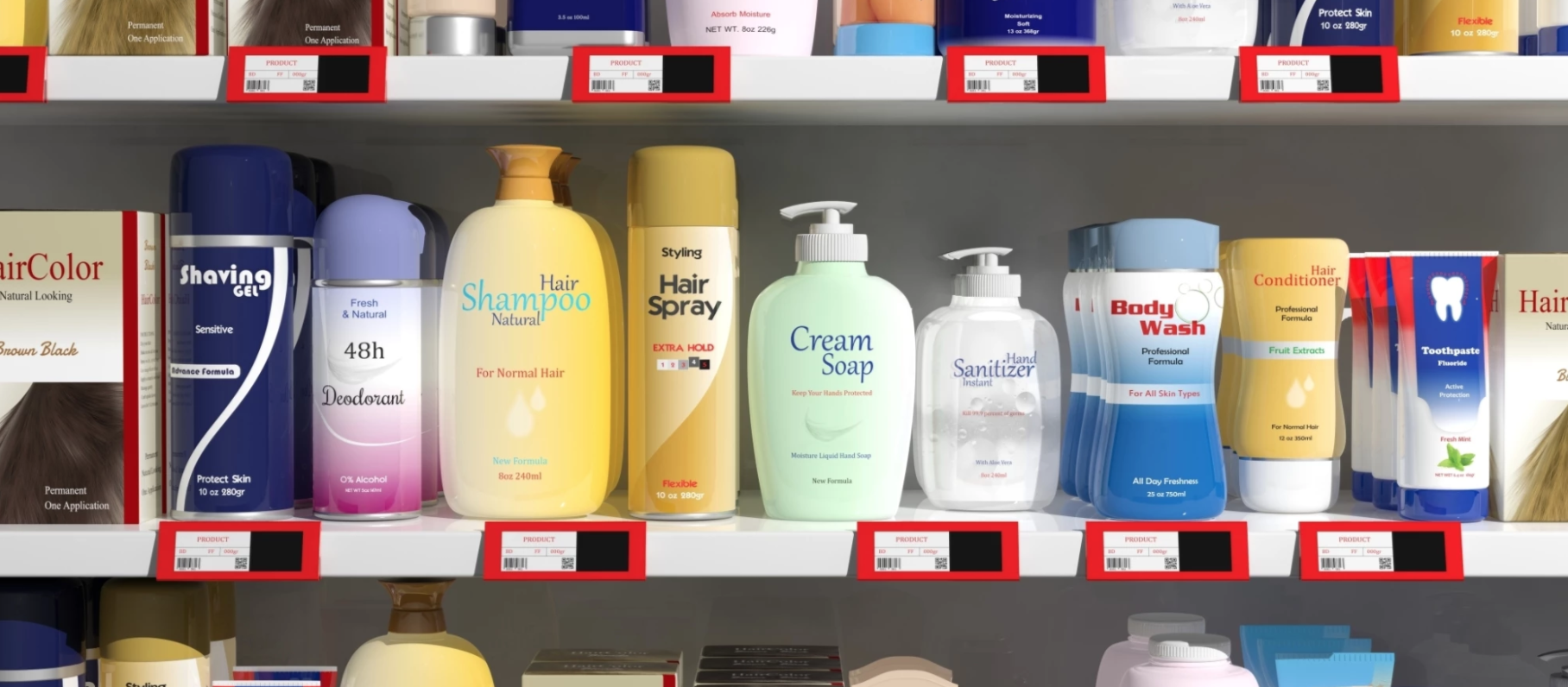
POLYAMINOPROPYL BIGUANIDE (PHMB) was categorized as a CMR (Carcinogenic, mutagenic or toxic to reproduction). This ingredient causes acute toxicity, if inhaled and sale of products with this ingredient is not permitted in the EU. Enclosed is our database capture of 284 products, where PHMB has been found. Note that some compositions may have changed (to comply with the law) or discontinued. However, they might still be available for sale with the older composition.